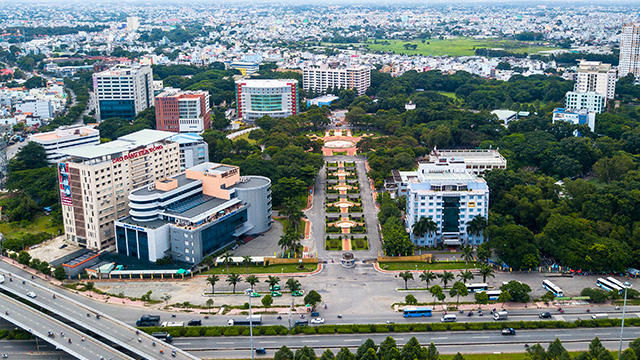 Opinion
Opinion

Nguyễn Tôn Quyền, Vice Chairman cum Secretary General of the Việt Nam Timber and Forest Product Association, speaks to the newspaper Hải quan cuối tuần (Customs weekend) on some key measures to ensure having steady raw materials for the Vieetnamese wooden sector
Nguyễn Tôn Quyền, Vice Chairman cum Secretary General of the Việt Nam Timber and Forest Product Association, speaks to Hải quan cuối tuần (Customs weekend) newspaper on some measures to ensure raw material supply for the Vietnamese wood sector
What are your assessments of the lumber supply for the wood processing and export industry in the country?
According to the Việt Nam Administration of Forestry and the Việt Nam Rubber Association, from 2015-18, Việt Nam produced more than 22.7 million cubic metres of round wood in 2015; 24.4 million round cubic metres in 2016; 25.7 million round cubic metres in 2017 and almost 27.5 million round cubic metres last year.
Meanwhile, according to the General Department of Việt Nam Customs and the Việt Nam Administration of Forestry, from 2015-18 Việt Nam imported a large volume of round wood. For example, in 2015 the figure was about 8.3 million round cubic metres; in 2016, it was 7.3 million round cubic metres; in 2017, it was about 8.47 million round cubic metres and in 2018, it was more than 9.9 million round cubic metres.
Based on these statistics, we can say Việt Nam has started to use more Vietnamese wood than imported wood in furniture production. By now, the percentage of imported wood used in our furniture industry has reduced to under 30 per cent.
In recent years, export markets have had more demand for high quality wood. What are the biggest challenges in the management of imported wood?
The first requirement is that imported wood must be 100 per cent clean. Việt Nam’s main imported material wood comes from the US, Chile, New Zealand, the EU and from high risk nations like Laos, Cambodia and African countries. That’s why importing 100 per cent clean wood remains a big challenge for us. If we want to have totally clean wood, we have to pay high prices for the input materials.
Another problem that we have faced is that many Vietnamese individuals and organisations are involved in wood imports, more than 2,500 units. This is something we have been facing for many years now but have not found workable answers.
What are the bottlenecks in domestic wood supply?
The domestic wood supply has met the home demand as well as for export. However, the wood supply chain in Việt Nam is low quality and low yield.
At present, Việt Nam has a total of almost one million hectares of rubber trees. Each year, Việt Nam extracts some 15,000ha. That’s why the volume of rubber wood doesn’t exceed five million cubic metres per year. Meanwhile Acacia managium trees are facing the danger of low yield due to the trees’ low quality development.
Last but not least, Vietnamese foresters are in great need of guiding policies to switch to planting big trees and investment for long term business.
What are the most effective measures to help Việt Nam secure sustainable timber for wood processing?
All the measures should focus on three key goals, namely the expansion of planting forest acreage, raising forest yield and the wood quality, and the efficient and sustainable use of wood as materials.
According to the Ministry of Agriculture and Rural Development, there are three types of forest land that could be used to expand forest plantations, namely special use forest, protection forest and production forest.
Regarding forest yield and quality wood, it is imperative for the country to conduct a study to find which species are the most suitable to our tropical climate.
To have high quantity and quality of wood to supply for the wood processing industry, we need to conduct in-depth research on tree species and tree planting techniques. Besides our traditional trees like acacia mangium, magnolia conifera, we also need to add more new plant species to meet the market demand like magnolia conifera, teak wood and others.
To make best use of our lumber in the most sustainable and efficient way, Việt Nam should apply advanced technology which is environmentally friendly. — VNS









